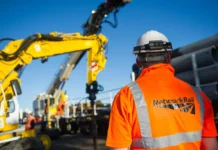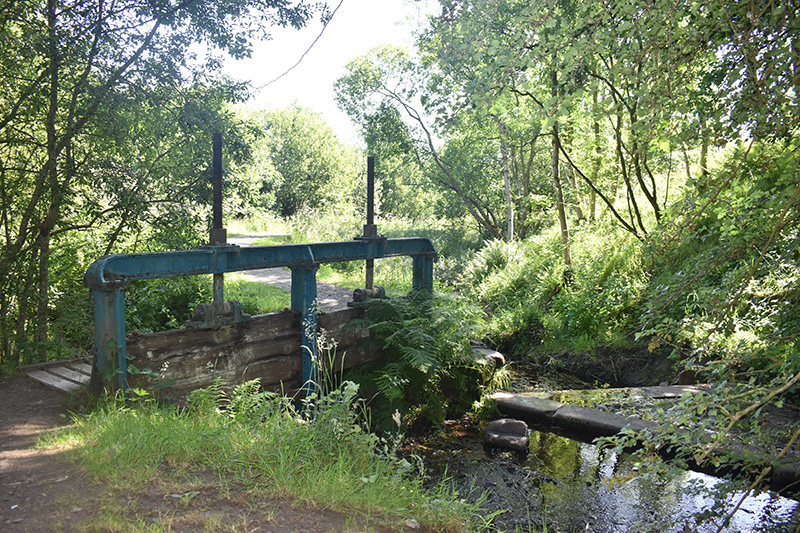
A 700m section of the Back Burn has been restored to follow its original course at Coul Den Reservoir, Glenrothes.
The work, which forms part of a wider project to restore more than 5.8km of the Back Burn to a more natural flow and remove artificial barriers, was commissioned by Fife Council and the Scottish Environment Protection Agency (SEPA). It is being managed by Fife Coast and Countryside Trust (FCCT), supported initially with funding from the Water Environment Fund (WEF).
RSK Group company CBEC eco-engineering carried out site surveys and computer modelling and provided the technical designs for the works. CBEC project manager Alison Wilson said, “The Back Burn at the Coul Den Reservoir has been heavily altered over time. The original burn course was diverted when the reservoir was first built, with most of the flow being channelled under a sluice gate and through a bywash channel around the edge of the reservoir and hillside.
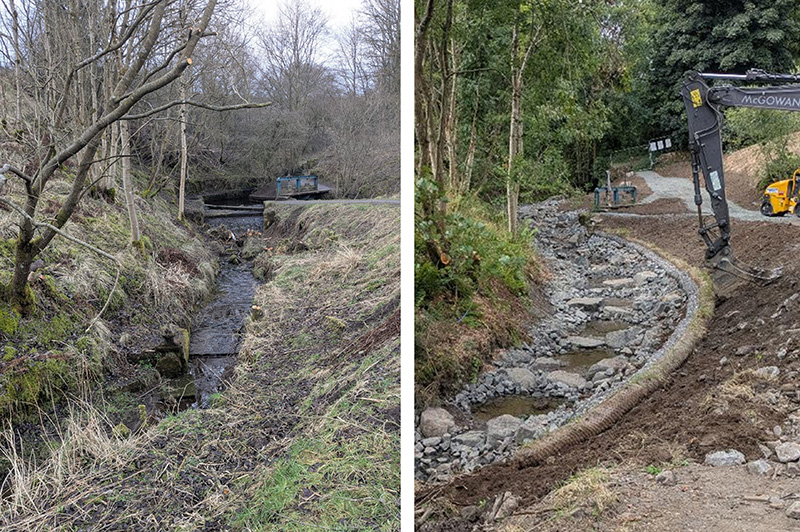
“Rerouting approximately 700m of the burn back to its original course through woodland and connecting it with what remains of the reservoir (now a local nature reserve) offers huge benefits to wildlife, including species such as local brown trout, which will now be able to move upstream and downstream through a longer section of the burn.”
Alison revealed that the Coul Den site was particularly constrained, with infrastructure relating to the previous reservoir construction and unknown ground conditions meaning parts of the design had to be field-fitted and altered during the build.
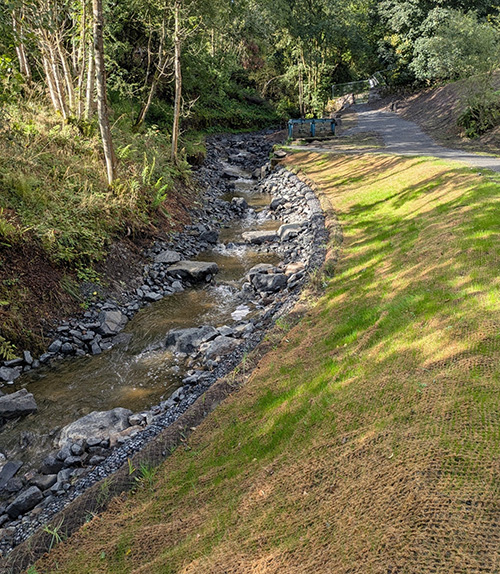
“We have removed the old gabion rock along with much of the old artificial infrastructure within the burn. In its place, we have built over 200m of nature-like rock ramp channel, with step pools to support fish movement up and down the watercourse, and will be planting 80 saplings and 15 mature willow, alder, birch and aspen trees across the sites.”
An important aim of the project was building a stable design while improving accessibility to the site. Sections of the footpath have been elevated and set back, with a new bridge and boardwalk installed so the burn can flow naturally, while walkers can still enjoy and feel connected to the burn.
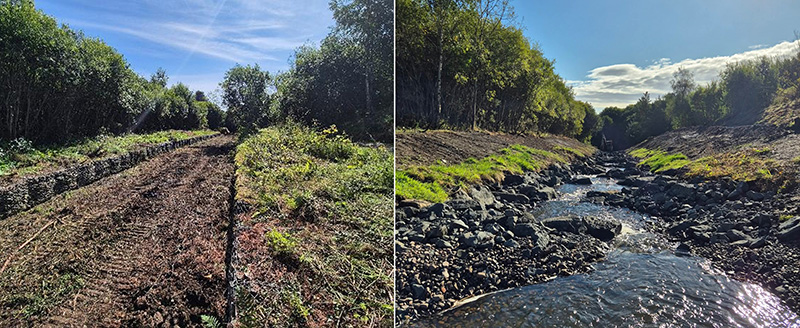
McGowan Environmental built the design over the summer using excavators and dump trucks. To aid sustainability, locally sourced materials were used, including stone from a local quarry, while all excavated material was re-used on-site.
Councillor Jan Wincott, Fife Council spokesperson for the environment and climate change, said, “Construction on the Back Burn project marks an exciting moment for our local communities. This is about more than just improving a waterway – it is about bringing nature back into the heart of our towns and creating spaces where people of all ages can connect with the environment.”
The work on this part of the burn is part of the wider Leven programme, which has already seen several artificial weirs removed from the River Leven and replaced with nature-based solutions. More construction work is scheduled in 2026, including the removal of weirs, riverbank engineering, and the construction of rock ramps along approximately 1km of the Back Burn through Balbirnie Estate, downstream from Coul Den, and plans for the realignment of a further 300m of the burn at the same site.









